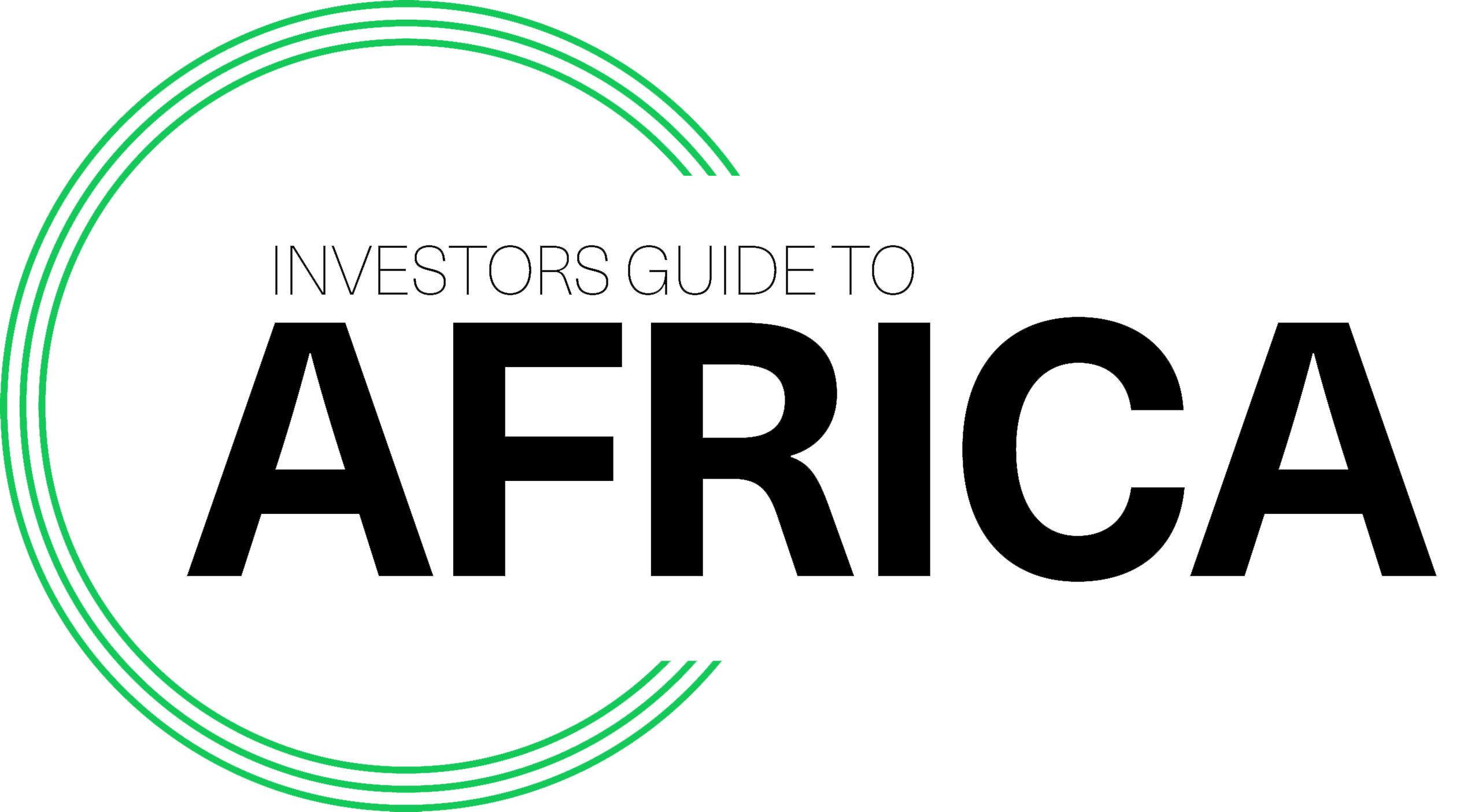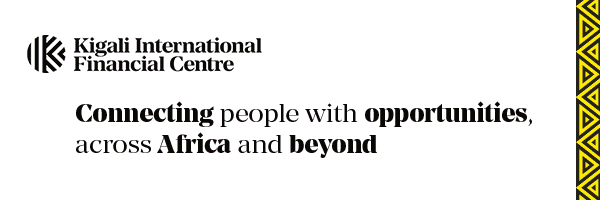Is trade finance going to come up trumps together with blockchain technology? Banks and fintech firms remain confident that blockchain technology can transform the paper-heavy industry of trade finance. The trade finance industry is ripe for the capabilities of blockchain technology. The technology is changing everything from payments transactions to how money is raised in the private mark. Blockchain has the potential to disrupt the trade landscape – by simplifying a range of activities – including reducing disputes and fraud to offering delivery and payment assurance, facilitating transparency of trade asset movement, and assisting in the flow of trade receivables.
Digitisation
Kenya and the World Bank Group Provide a $390 Million Boost the Digital Economy
The World Bank Group Board of Directors approved $390 million in financing for the first phase of a program that aims to expand access to high-speed internet, improve the quality and delivery of education and selected government services, and build skills for the regional digital economy. The Kenya Digital Economy Acceleration Project will use a multi-phase programmatic approach (MPA) with two phases where phase one will run from 2023-2028, focusing on expanding access to high-speed internet, improving the quality and delivery of education and selected government services, and building skills for the regional digital economy, and phase two will run…
Africa’s Time Has Come
Foreign direct investment into Africa is on the rise, and with the population set to reach 1.7 billion by the end of the decade, this sleeping lion of a continent is focusing international minds. Sub-Saharan Africa in particular, with its rich well of natural resources the world covets, is seeing growth its suitors can only dream of. Beyond natural resources and infrastructure, Sub-Saharan Africa is now diversifying its allure to encompass the tertiary sector. This has seen significant new investment into logistics and ITC services, and while the Covid-19 pandemic saw FDI inflows heavily impacted, in this the region was…
SA’s Mining Companies Are Creating Value And Discovering The Future
PwC South Africa, together with Minerals Council South Africa, is pleased to share its second publication on The state of digital transformation in the South African mining industry: Ten insights into 4IR 2023. The publication encompasses new insights, validates existing ones from our previous report, and articulates mining organisations’ commitment to using digitalisation and technology for the ultimate creation of business value in the mining sector. Please find and download the full 2023 report here: https://www.pwc.co.za/en/publications/ten- insights-into-4ir.html Roger Baxter, Minerals Council CEO, says: “Digital transformation is imperative for mining — a non-negotiable if you like — as it serves as…





